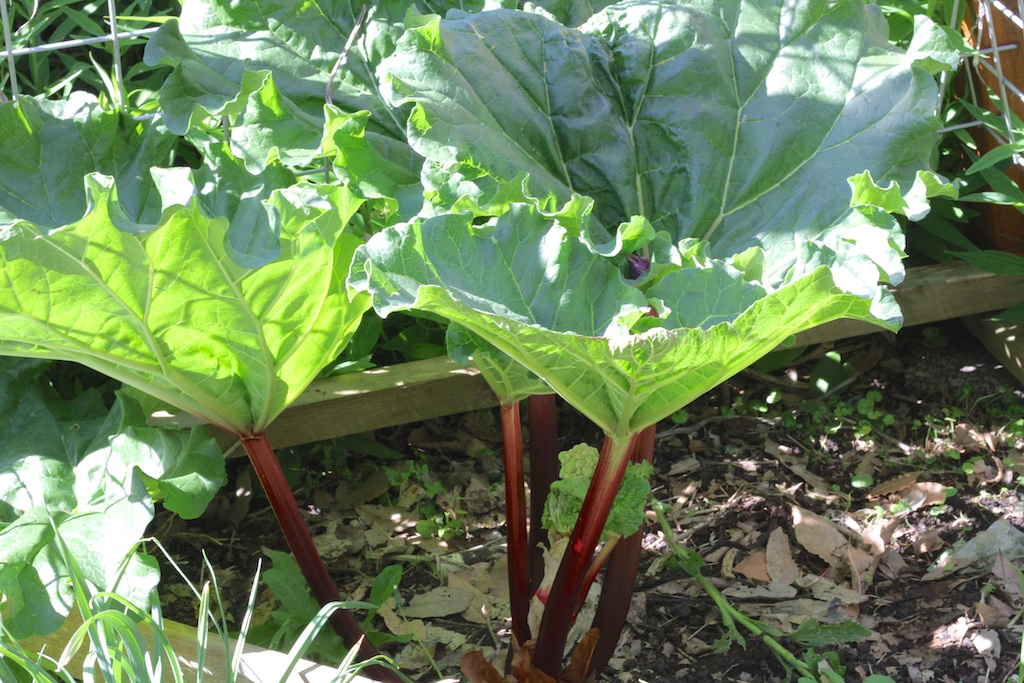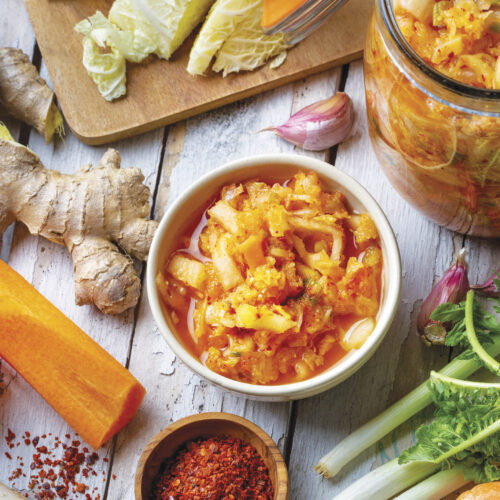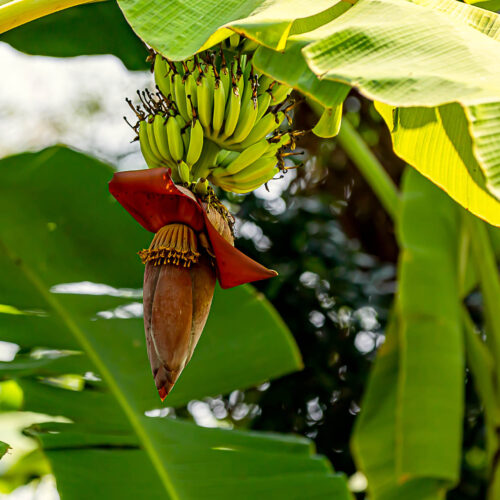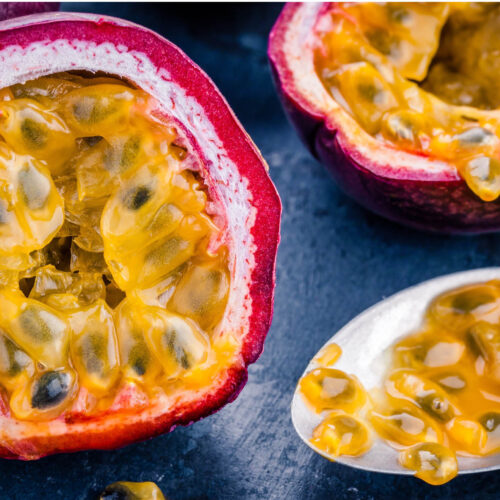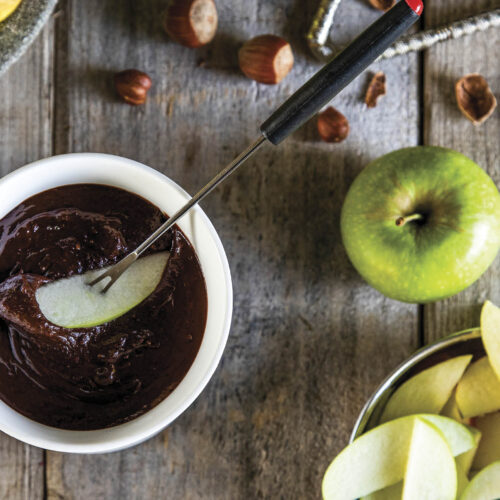Rhubarb bounty
2016-10-20T00:22:54+11:00
When Penny Woodward has a prolific crop of rhubarb there's usually plenty of uses, but one of her favourites is a very moreish cake.
With regular rain (in some cases too much), this has been a wonderful year for many plants [this was back in 2016]. My apples are in blossom and have never been so beautiful, my rare fringe tree has more flowers than I have seen before, but the one I am most proud of is my rhubarb. I’ve never been much good at growing rhubarb but this year the stems are thick and bright red and the leaves huge.
It’s not too late to plant rhubarb crowns. They like rich, composty soil and lots of water. Once planted, added well-rotted manure around the outside of the clump, water and mulch well. Don’t try to harvest in your first year, just leave it to settle in and look forward to harvesting next spring. There are some lovely red-stemmed rhubarbs around with very local names such as ‘Victoria’, ‘Sydney Crimson’, ‘Wandin Red’, ‘Silvan Giant’, and ‘Ever Red’. Mine is Victoria. Rhubarb likes sun, but I’ve found it does best in my temperate garden where it gets morning sun and afternoon shade.
Once a month during the growing season, water with seaweed extract and some liquid fish emulsion – this encourages stem formation. It is almost impossible to over-feed rhubarb. Cut out any flower stems that develop. Never harvest more than half the clump at any one time, removing the outside stems first.
To pick, hold the stalk near the base and pull out from the plant. This makes sure that the whole stem comes away and doesn’t leave a stump, which could cause rotting as it breaks down. Remove the leaves from the stalks. These leaves are poisonous (very high in oxalic acid), so don’t eat or feed them to poultry or other stock, but they are safe to add to the compost.
While rhubarb stems are used mainly in sweet dishes, so should be thought of as a fruit, botanically it is classed as a vegetable. That said, in 1947 an American court declared that it was a fruit for the purposes of taxation. The Greeks saw it as food for barbarians while the Chinese revered it for its medicinal uses. During the 1600s in England it was worth more than double the price of opium. (Personally, I’m all in favour of barbarians eating rhubarb, and it would be nice to live in a world where rhubarb was seen as being more valuable than opium!)
I love rhubarb simply stewed with sugar and a little nutmeg. But it’s also made into jams, jellies, sauces and pie filling. It is rich in potassium, calcium and vitamins A, C and K. In Poland it is added, with spices, to potatoes, while Afghans add it to spinach, and in Italy it is distilled to make the low-alcohol drink, rabarbaro. My favourite way of using rhubarb though is in this cake: the recipe came from my sister’s friend’s mum. So easy to make and you don’t even have to cook the rhubarb first.
Win’s rhubarb cake
Ingredients
2 eggs
50g butter (melted)
250–350g of brown sugar (depends how sweet you want it!)
2 cups self-raising flour
250ml of plain yoghurt or sour cream
1 teaspoon of cinnamon
500g of roughly chopped raw rhubarb stems (do not use pre-cooked rhubarb)
Method
Grease a round, square or loaf tin, and line the base with baking paper. Mix all ingredients thoroughly with wooden spoon (it is hard work as it is quite a thick mixture) – add the rhubarb to the mix last and stir through. Put mix into greased tin and bake in moderate oven for approximately 1 hour (check after 30 minutes or so and turn it around in the oven) or until it springs back when touched and browned off on top. You can sprinkle more cinnamon on the top while it’s cooling if you wish.
This is a moist, slightly sharp and not too sweet cake. Eat on its own or serve with cream, ice cream or custard.
If there is any left (this doesn’t often happen at our place) then store in the refrigerator as it has yoghurt/sour cream in it.
This blog was first written in 2016 but we all love rhubarb so worth sharing again! You’ll find more articles by Penny here.

